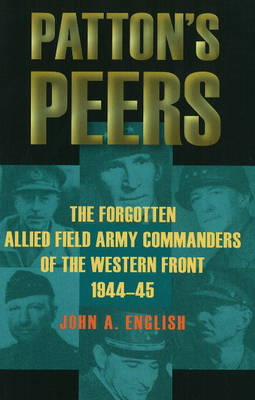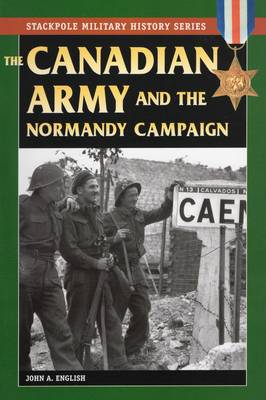Stackpole Military History
2 total works
Through the force of his personality and the headline-grabbing advance of his U.S. Third Army, General George S. Patton has eclipsed the other six men who, like him, led field armies in the great Allied campaign to liberate northwest Europe in 1944-45. Certain to rank among the classics of World War II history like Eisenhower's Lieutenants by Russell Weigley, Patton's Peers presents a masterful reassessment of the eleven-month struggle from D-Day to Germany's surrender, shedding long overdue light on the contributions of these forgotten Allied field army commanders. Seasoned military historian John A. English unearths the vital roles played by these six generals. As the leader of an army of several hundred thousand troops, each had to plan operations days and weeks in advance, coordinate air support and assess intelligence, give orders to corps commanders, manage a staff of sometimes difficult subordinates, and deal with superiors like Eisenhower, Bradley, and Montgomery. Some performed less ably than the rest while others rivalled Patton in their achievements. All deserve to be lifted from Patton's shadow.
The reverses experienced by Canadian troops during the late stages of World War II continue to be the subject of intense debate among military historians. Going beyond the immediate causes of these setbacks, John A. English presents a detailed examination of the role the Canadian Army played in Normandy through the closing of the Falaise Gap in August 1944. English reviews this pivotal campaign in depth, paying close attention to the organization, training, and fighting style that the Canadians brought to the battlefield.

